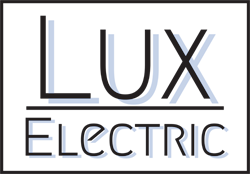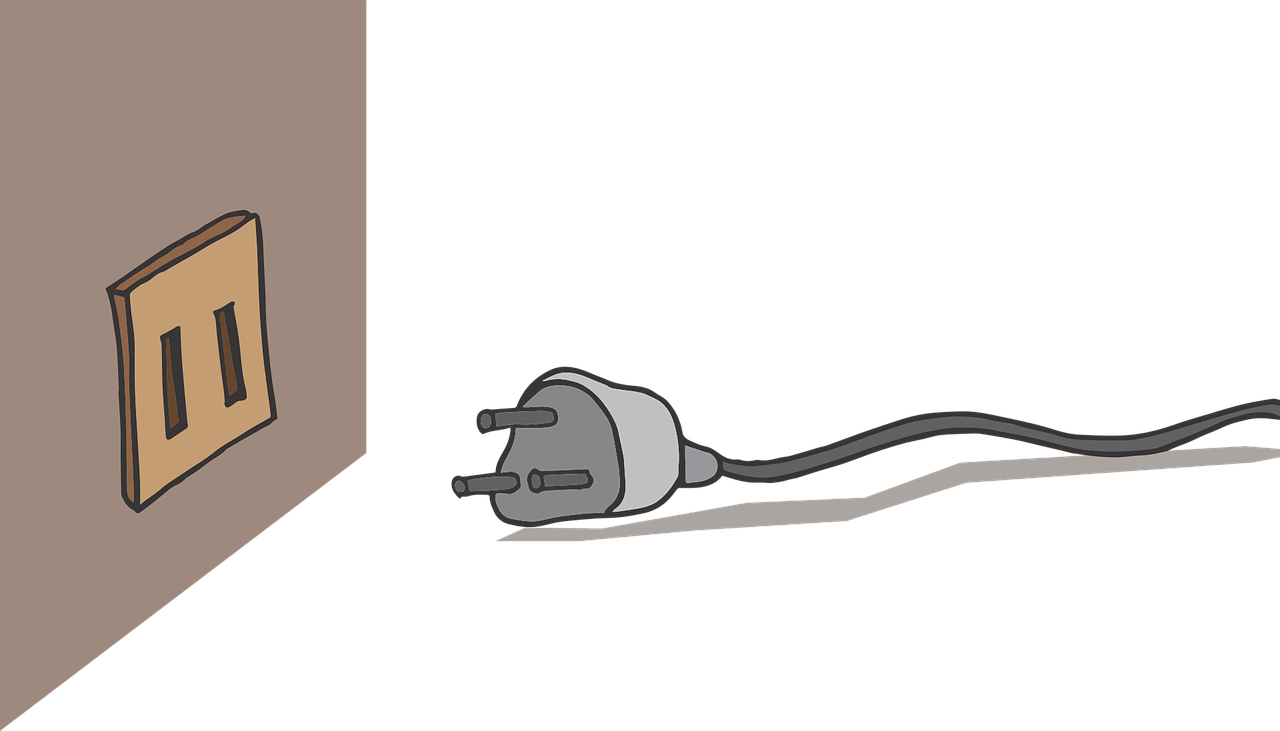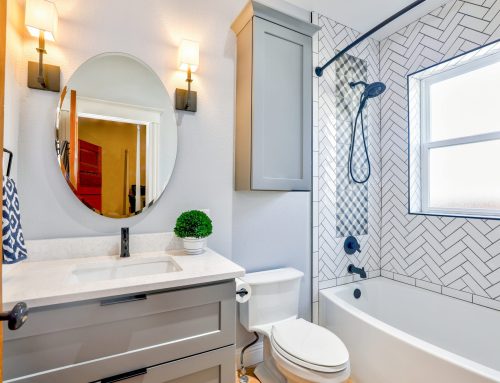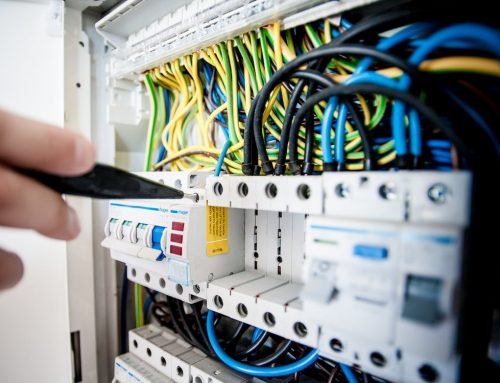Have you noticed that some areas of your home have two-pronged outlets and some areas have three-pronged? Maybe you have only paid attention to it when the plug you want to use in your space doesn’t have a third prong and you are stuck searching for an outlet that will work. If you are in a newer home, you might not even know what a two-pronged outlet looks like! Either way, we’ll dive into what each means and why they are or were used.
Two-Pronged Outlet 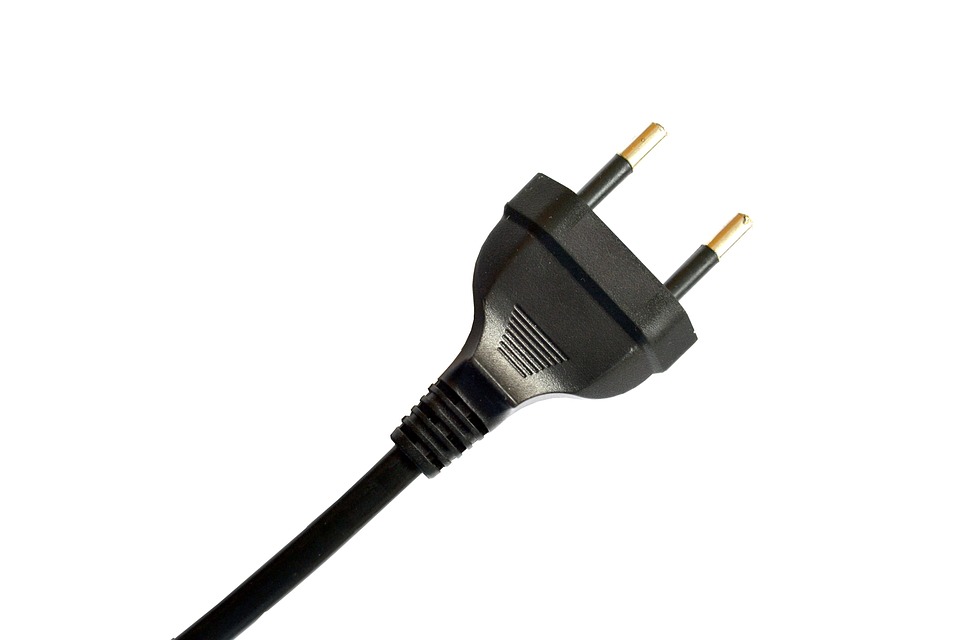
Two-pronged outlets are a thing of the past. Any new outlets put into homes today are going to be three-pronged. If you have a home built around the 1960s or before, you might still have some two-pronged outlets around your home. Two-pronged outlets consist of a hot wire and a neutral wire and are not grounded. This means that a two-pronged outlet leaves your electrical system more unprotected from electrical surges or electrocution than a three-pronged outlet. These outlets were used prior to the adaptation to three-pronged outlets as electrical wiring was becoming more popular in homes and around communities.
Three-Pronged Outlet
 Starting in the late 1940s, three-pronged outlets were starting to be recommended for areas in homes that used large appliances such as the laundry room. By the mid 1960s, three-pronged outlets were required in all new homes built. A three-pronged outlet consists of a hot wire, neutral wire, and a third prong for grounding. You see these outlets almost everywhere now and even if you live in a home built when two-pronged outlets were still used, large appliance areas have most likely all been updated to three-pronged.
Starting in the late 1940s, three-pronged outlets were starting to be recommended for areas in homes that used large appliances such as the laundry room. By the mid 1960s, three-pronged outlets were required in all new homes built. A three-pronged outlet consists of a hot wire, neutral wire, and a third prong for grounding. You see these outlets almost everywhere now and even if you live in a home built when two-pronged outlets were still used, large appliance areas have most likely all been updated to three-pronged.
Three-prong outlets protect your home from getting a burnt outlet, burnt appliance, or from getting shocked by an outlet. The third grounding wire provides a continuous grounding path from the breaker box back to the appliance. Although the grounding wire protects the appliance or item plugged in, it is not necessary for the system to function.
What if I have two-pronged outlets?
If you currently have two-pronged outlets in your home, you might want to consider upgrading them to three-pronged. While it is not illegal to have two-pronged outlets in your home if they are functioning properly, it does pose a larger risk for electrical fire, electrical shock, and overloading or burning appliances.
Call the Professional
While we encourage our clients to be knowledgeable about their electrical system, rewiring a new outlet is not something that should be on your honey-do list. Lux Electric professionals are trained to assess the safety of your home and know how to most cost effectively and efficiently upgrade your systems while keeping your home safe. If you would like someone to come out and check which outlets would be a good idea to upgrade for the safety of your home, reach out today!
